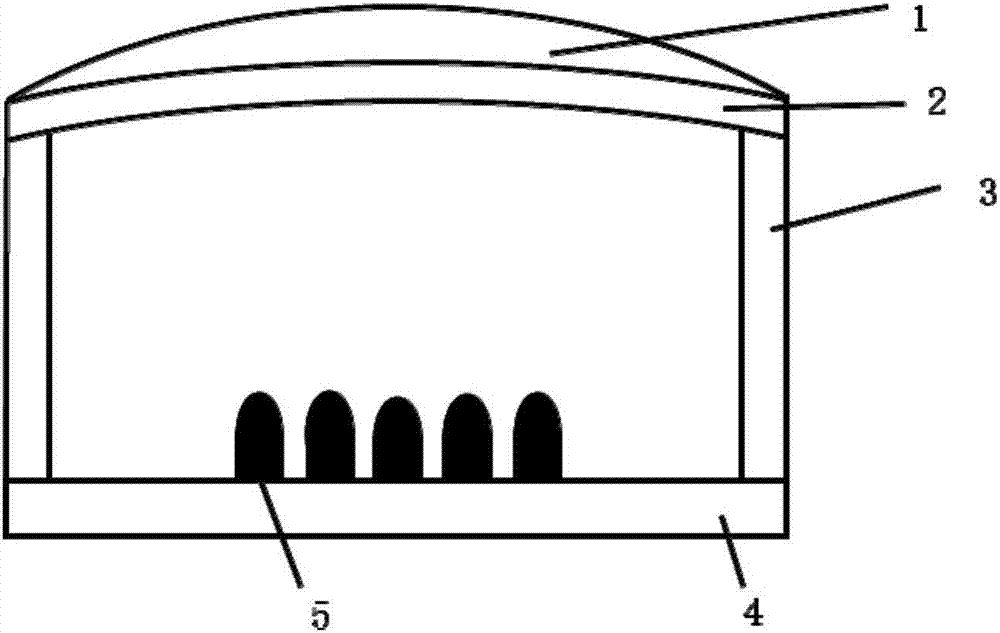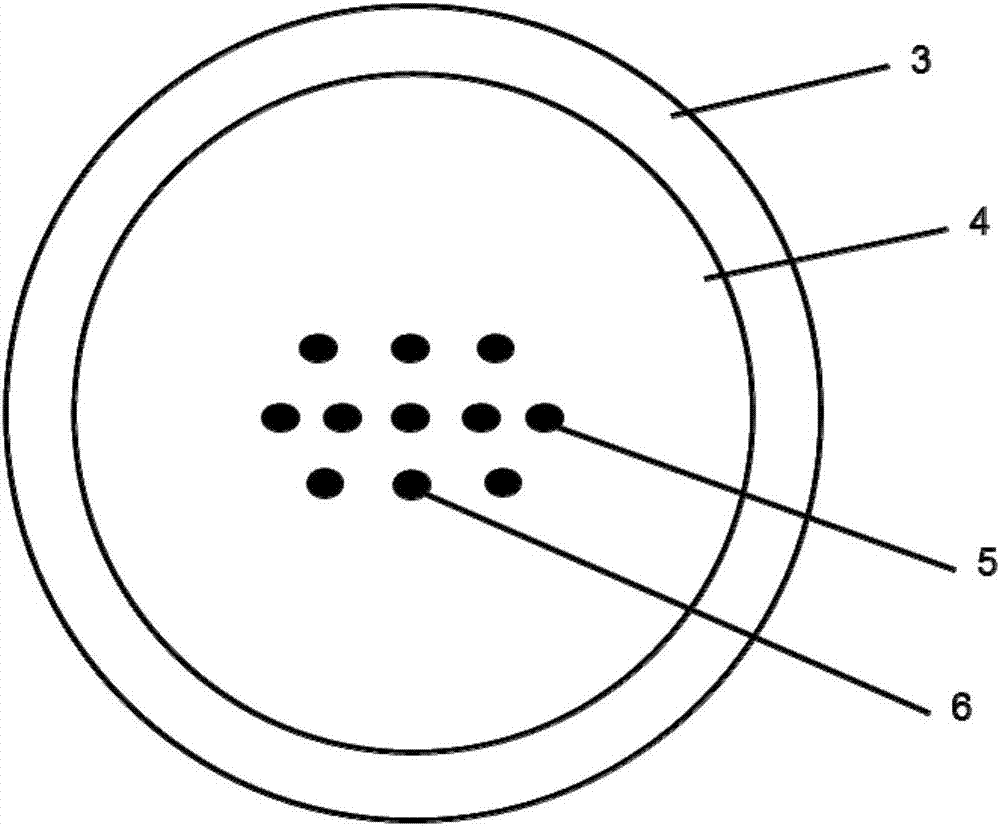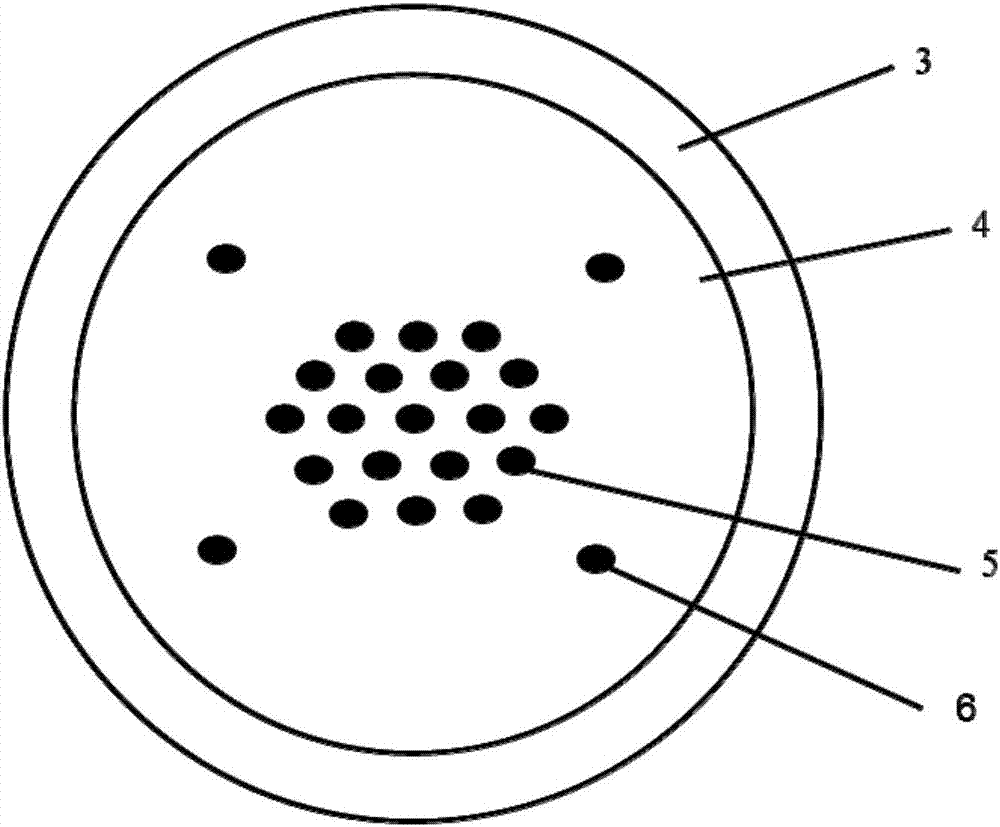Hemispherical lens feed source transmitting-receiving integrated crescent lens antenna
A hemispherical lens and lens antenna technology, applied in antennas, slot antennas, electrical components, etc., can solve problems such as poor performance, difficulty, and low beam gain, and achieve the effects of reduced performance, low side lobes, and increased gain
- Summary
- Abstract
- Description
- Claims
- Application Information
AI Technical Summary
Problems solved by technology
Method used
Image
Examples
Embodiment Construction
[0028] When the feed is placed on the focal point of the crescent lens, the phase center of the feed coincides with the focal point of the crescent lens, and the electromagnetic waves generated by the radiation of the feed antenna become parallel beams radiated through the crescent lens, thereby realizing the antenna Maximum gain. The hemispherical lens antenna is used as the feed source to make the defocused beam gain consistent with the center beam while maintaining high gain. The pattern of the crescent lens antenna is similar to that of the traditional ball lens antenna, and narrow beams can be realized on the E and H sides. In addition, by changing the ratio of the focal length to the lens diameter, the longitudinal size of the lens antenna can be adjusted. By changing the off-axis amount of the hemispherical lens antenna, the radiation performance of the lens antenna can be optimized. Similar to the traditional lens antenna, a simple ray tracing method can be used to ap...
PUM
 Login to View More
Login to View More Abstract
Description
Claims
Application Information
 Login to View More
Login to View More - R&D
- Intellectual Property
- Life Sciences
- Materials
- Tech Scout
- Unparalleled Data Quality
- Higher Quality Content
- 60% Fewer Hallucinations
Browse by: Latest US Patents, China's latest patents, Technical Efficacy Thesaurus, Application Domain, Technology Topic, Popular Technical Reports.
© 2025 PatSnap. All rights reserved.Legal|Privacy policy|Modern Slavery Act Transparency Statement|Sitemap|About US| Contact US: help@patsnap.com



